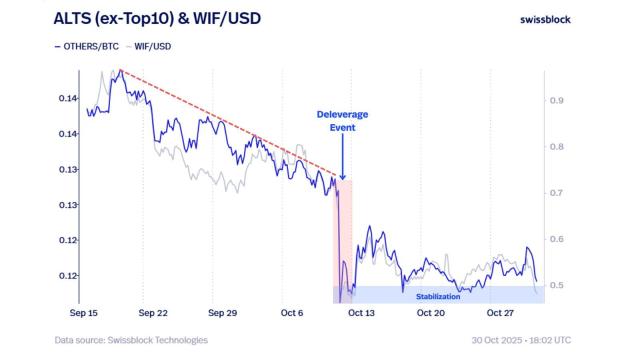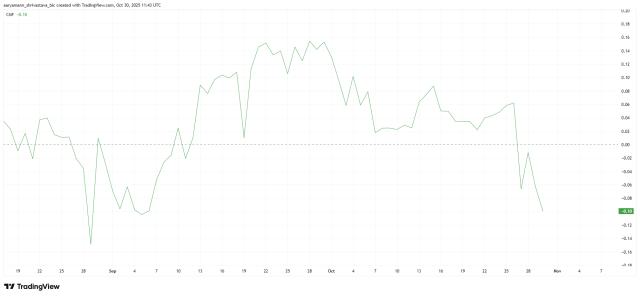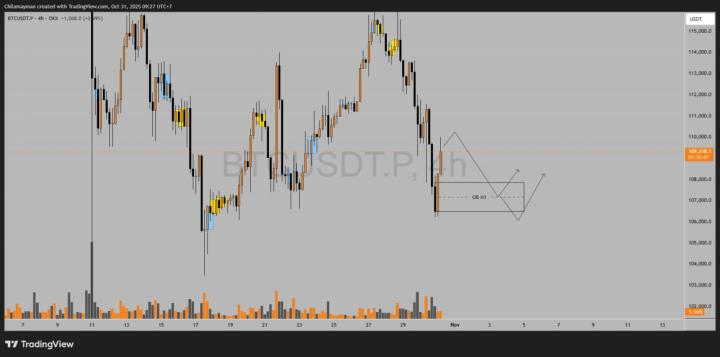Wall Street is typically cautious, but Standard Chartered Bank's latest research offers an unusually aggressive prediction: the Real Asset Tokenization (RWA) market could surpass $2 trillion by the end of 2028, a 56-fold increase from its current $35 billion. This news immediately drew attention to the intersection of blockchain and traditional finance within the investment community.
A century-old bank names a 56-fold growth.
This report, released on October 30th by Geoffrey Kendrick, Head of Digital Asset Research at Standard Chartered Bank, estimates that the widespread adoption of stablecoins, the maturity of on-chain infrastructure, and the establishment of a regulatory framework will drive an explosive growth in the scale of RWAs. Kendrick stated in the document:
"Stablecoins have laid the foundation for the large-scale on-chaining of other asset classes, from money market funds to stocks."
In other words, the deeper the on-chain dollar liquidity, the easier it is for traditional assets to be segmented, pegged, and traded globally 24 hours a day, thus improving both capital efficiency and transparency.
Stablecoins pave the way for RWA concept to gain wider acceptance.
The report considers stablecoins the "first domino." From cross-border remittances to decentralized lending, stablecoins have cultivated user habits and paved the way for blockchain-based settlement processes. As liquidity expands, a self-reinforcing cycle is forming: capital inflow → creation of new financial products → further attraction of capital. Standard Chartered estimates that in the future $2 trillion market, tokenized money market funds and listed stocks could each account for $750 billion, with the remainder dispersed among relatively illiquid assets such as funds, private equity, and real estate.
Ethereum network gets the biggest stage
Kendrick emphasized that most RWA activities will "highly likely" still occur on Ethereum. Even though other public chains are faster and have lower fees, Ethereum's decade-long track record of no major outages and its large developer community make it the most trusted option for handling high-value assets. Currently, Ethereum accounts for about half of the total value locked in decentralized finance (DeFi), and its network effect is deeply ingrained. According to Nasdaq , platform stability is the primary factor institutional funds consider when choosing a blockchain.
Policy factors also influence growth. The GENIUS Act, passed by the US in July, defines the eligibility for stablecoin issuance, and the market expects the next phase, the Clarity Act for Digital Asset Markets, to be finalized by the end of 2025. Kendrick points out that if related legislation is delayed, the US may miss the opportunity to lead the world in blockchain-based asset issuance. On the other hand, if emerging markets adopt dollar-pegged stablecoins on a large scale, local central banks may face pressure to "digitally dollarize," reducing the flexibility of monetary policy.
Standard Chartered's impressive $2 trillion estimate is not simply a result of chasing trends, but rather a convergence of three forces: stablecoins, the Ethereum ecosystem, and regulatory developments. While regulatory uncertainties remain, the migration of traditional assets to blockchain has already begun. Investors, entrepreneurs, and policymakers must assess the risks and opportunities, as a more efficient, transparent, and globalized capital market is rapidly approaching.







